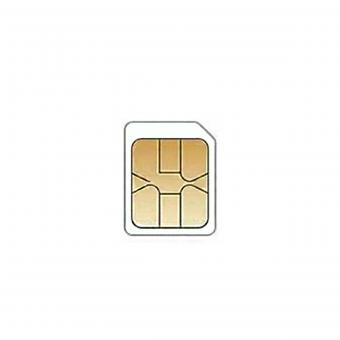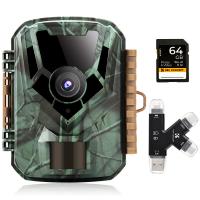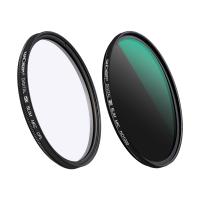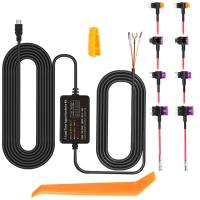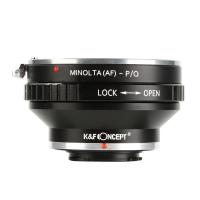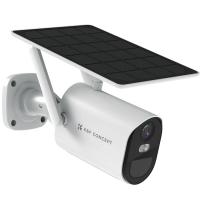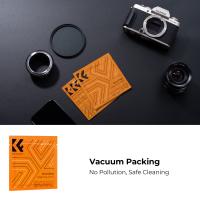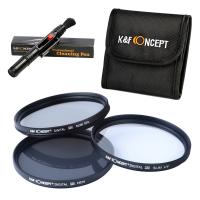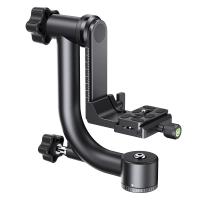How To See Dust Mites Without A Microscope ?
It is not possible to see dust mites without a microscope or magnifying lens as they are too small to be seen with the naked eye. Dust mites are microscopic arthropods that are typically between 0.2 and 0.3 millimeters in length, which is smaller than a grain of sand. However, there are some signs that can indicate the presence of dust mites in your home, such as allergic reactions, visible dust accumulation, and the presence of their fecal matter. Regular cleaning and dusting can help reduce the number of dust mites in your home and minimize their impact on your health.
1、 Physical Characteristics of Dust Mites
Dust mites are microscopic creatures that are found in almost every home. They are members of the arachnid family and are related to spiders and ticks. Dust mites are not visible to the naked eye, but they can be seen with the help of a microscope. However, there are some physical characteristics of dust mites that can be observed without a microscope.
One way to see dust mites without a microscope is to look for their droppings. Dust mites feed on dead skin cells, and their droppings are a common allergen. The droppings are small and can be seen as tiny specks on surfaces such as bedding, carpets, and upholstery.
Another way to detect dust mites is to look for their shed skin. Dust mites shed their skin as they grow, and these skin particles can be found in dust. They are also a common allergen and can be seen as small, translucent flakes.
It is important to note that while dust mites are not visible to the naked eye, their presence can be detected through these physical characteristics. Regular cleaning and dusting can help to reduce the number of dust mites in the home and minimize the risk of allergic reactions.
The latest point of view on dust mites is that they are not harmful to most people, but they can trigger allergic reactions in some individuals. Dust mite allergies are common and can cause symptoms such as sneezing, runny nose, and itchy eyes. It is important to manage dust mite allergies by reducing exposure to dust mites through regular cleaning and using allergen-proof bedding and covers.

2、 Signs of Dust Mite Infestation
Dust mites are microscopic creatures that thrive in warm and humid environments. They feed on dead skin cells and can cause allergies and asthma in some people. Here are some signs of dust mite infestation:
1. Allergies: If you experience sneezing, runny nose, itchy eyes, or other allergy symptoms, it could be a sign of dust mite infestation.
2. Skin irritation: Dust mites can cause skin irritation and rashes in some people.
3. Respiratory problems: Dust mites can trigger asthma attacks and other respiratory problems.
4. Visible dust: Although dust mites themselves are too small to see with the naked eye, you may be able to see their droppings and shed skin, which can appear as dust.
5. Musty odor: Dust mites produce a musty odor that can be detected in areas where they are present.
While it is difficult to see dust mites without a microscope, there are some ways to reduce their presence in your home. Regularly washing bedding in hot water, vacuuming carpets and upholstery, and using allergen-proof covers on mattresses and pillows can help reduce dust mite populations. Additionally, maintaining a cool and dry environment can make it less hospitable for dust mites to thrive. If you suspect a dust mite infestation, it is best to consult with a professional pest control company to properly identify and treat the problem.

3、 Dust Mite Habitat and Distribution
How to see dust mites without a microscope:
Dust mites are microscopic creatures that are invisible to the naked eye. However, there are ways to detect their presence without the use of a microscope. One way is to look for signs of their habitat and distribution.
Dust mites thrive in warm, humid environments and feed on dead skin cells. They can be found in bedding, carpets, upholstered furniture, and other areas where dust accumulates. One way to detect their presence is to look for dust buildup in these areas. Dust mites can also cause allergic reactions in some people, so if you experience symptoms such as sneezing, runny nose, or itchy eyes, it may be a sign that dust mites are present.
Another way to detect dust mites is to use a dust mite test kit. These kits contain a sticky pad that can be placed in areas where dust mites are likely to be found. After a few days, the pad can be sent to a lab for analysis to determine if dust mites are present.
It is important to note that while dust mites are common in many households, they do not pose a significant health risk to most people. However, if you have allergies or asthma, it is important to take steps to reduce your exposure to dust mites. This can include using allergen-proof bedding, vacuuming regularly, and keeping humidity levels low.

4、 Health Effects of Dust Mites
How to see dust mites without a microscope:
Dust mites are microscopic creatures that are invisible to the naked eye. However, there are a few ways to detect their presence without a microscope. One way is to look for signs of their activity, such as dust mite droppings or shed skin. These can be found in areas where dust accumulates, such as on bedding, carpets, and upholstered furniture. Another way to detect dust mites is to use a dust mite test kit, which can be purchased online or at a home improvement store. These kits contain a sticky pad that can be placed in areas where dust mites are likely to be present, such as on bedding or in carpeted areas. The pad will collect dust and other particles, which can then be sent to a lab for analysis.
Health Effects of Dust Mites:
Dust mites are a common allergen that can cause a range of health problems, particularly for those with asthma or allergies. Exposure to dust mites can trigger symptoms such as sneezing, coughing, and wheezing, as well as skin irritation and eczema. Recent studies have also linked dust mite exposure to an increased risk of developing asthma in children. To reduce the risk of dust mite exposure, it is important to keep the home clean and free of dust and other allergens. This can be done by regularly vacuuming and dusting, using allergen-proof bedding and pillow covers, and keeping humidity levels low. Air purifiers can also be helpful in removing dust mites and other allergens from the air.


